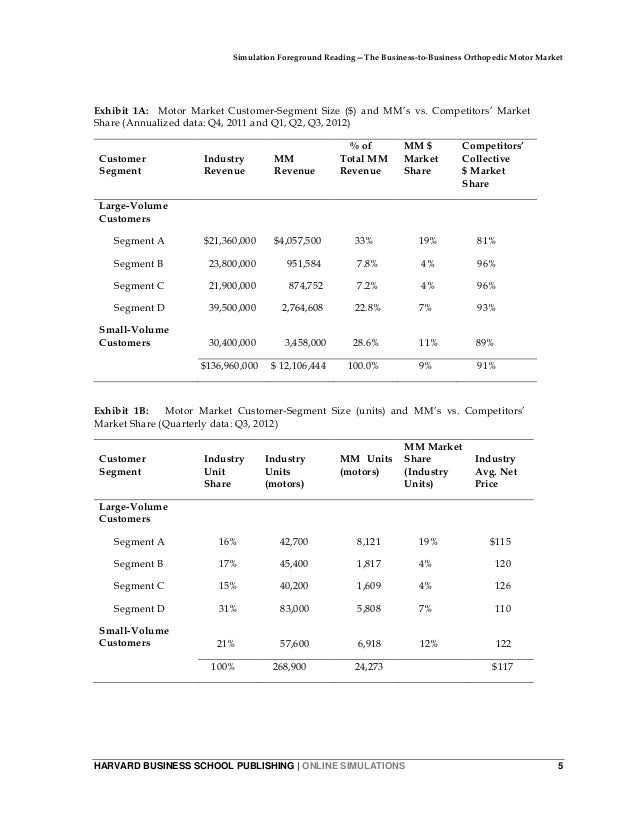Harvard Marketing Simulation Answers

Marketing Simulation Managing Segments and Customers. Request a Demo! The players work to find levels of spending on market research and marketing communications that maximize cumulative profit for the company. Learning Focus. Understand segmentation, targeting, and positioning. This simulation is by Das Narayandas, Harvard Business. How To Win A Business Simulation Game? Posted by Zsuzsa Jakab. Tweet; Thousands of. What are the best strategies? And here is the much awaited answer: there are none. The first one you should give them is to take the time to learn the effects of marketing, R&D, logistics and finance on one another and leave thinking in silos behind.
Question description Students will complete a decision making simulation during semester. The purpose of the simulation is to get you to develop strategy to drive what decisions you will make, make decisions, receive feedback, and adjust strategy.
This is a valuable learning experience that hopefully will help you to understand that strategy development and implementation often occurs when you make decisions. The intention is for you to reflect on your strategic thinking and decision making and to develop insights about your own strengths and weaknesses as well as thoughts about what you might do differently in the real world. 1.Outlining the strategy you plan to implement and why (worth 5%).
Submit this the lecturer prior to commencing (teaching week 6) and include exactly the same strategy at the start of your second submission. The once you have done the simulation submit a paper (2000 word overall – including the strategy section above) where you: 1.Reflect on whether you followed you planned strategy or not during the simulation and critique your strategy (was it effective, well thought through, etc.) (5%).
Download the guy game xbox iso torrent. 2.Reflect on your team’s decision-making processes and critique their effectiveness (5%). 3.Reflect on the assumptions in the simulation and critique the strength and weaknesses of those assumptions (5%) Submit a critical reflection summarising some of your key learning’s (with evidence), critically reflect on those learning’s and include some discipline knowledge to support your reflection. The marking key clarifies these requirements.
As Seymour Sarason (1959), a major early contributor to theory and research on test anxiety, observed, “We live in a test‐conscious, test‐giving culture in which the lives of people are in part determined by their test performance” (p. Test anxiety inventory spielberger pdf viewer free. During examinations, individuals high in test anxiety are more likely to experience frequent and intense elevations in anxiety as an emotional state (S‐Anxiety), greater activation of the autonomic nervous system, and more self‐centered worry and task‐irrelevant thoughts that interfere with attention and performance. Consequently, it is not surprising that test anxiety is a pervasive problem for many students who are so disturbed by the stress associated with taking tests that they experience substantial decrements in performance in evaluative situations. Given these characteristics, test anxiety can be viewed as a situation‐specific personality trait (Spielberger, Gonzalez, Taylor, Algaze, & Anton, 1978).
MBA (IT) 2014 batch at University played the Online Simulation on Marketing Management in August 2014 as a part of their MM course. In this Marketing Simulation: Managing Segments and Customers V2 of Harvard Business School, the students define and execute a business-to-business marketing strategy at a manufacturer for motors used in medical devices. In the video, highlights are shown on how students play the simulation and how they share their simulation experience along with strategies adopted in playing the simulation.
- пятница 22 марта
- 25